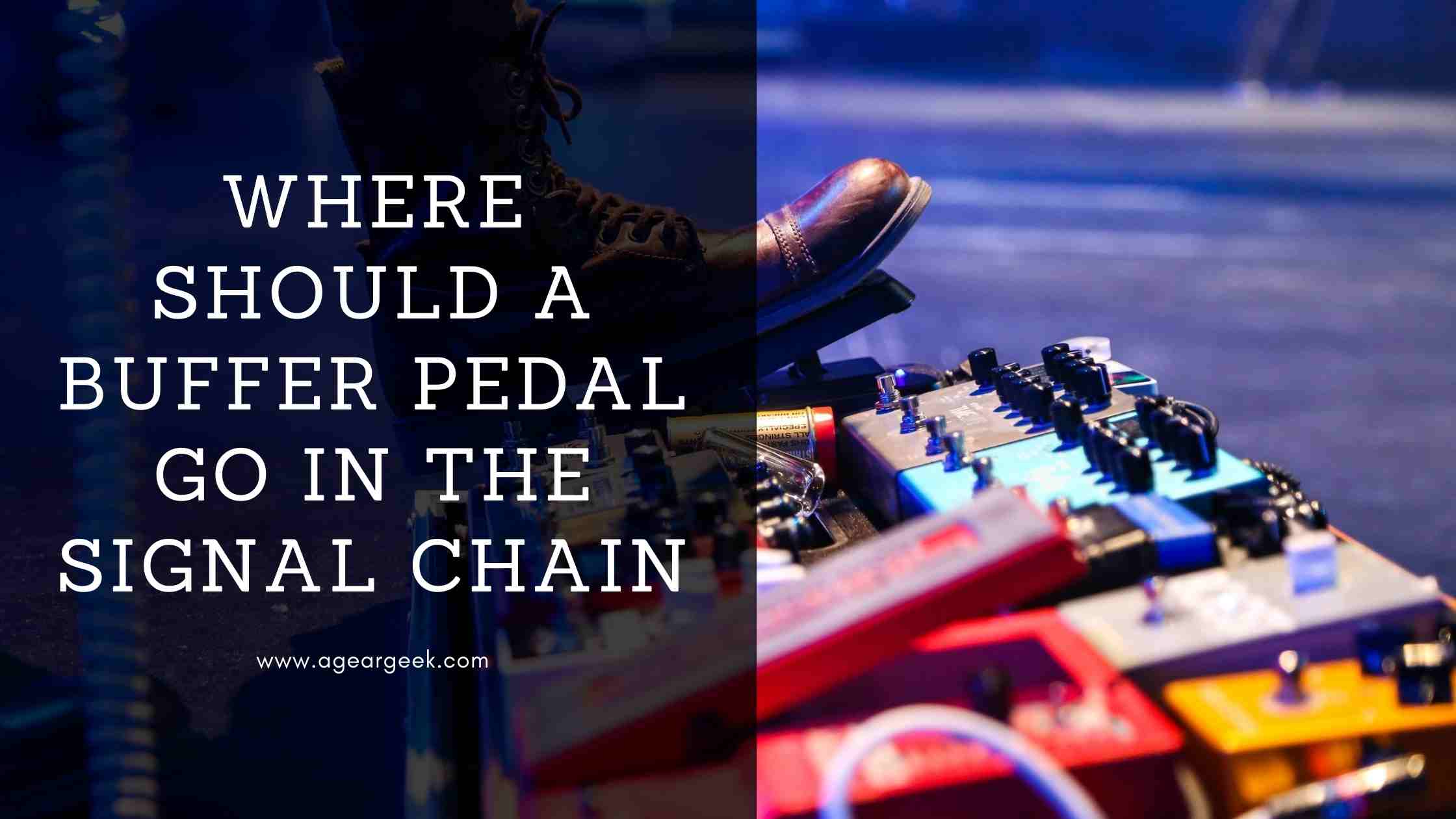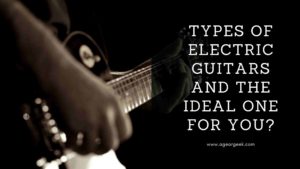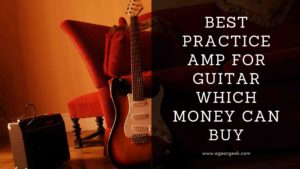We guitarists are unique beings. Never satisfied with what we have as instruments and pedals. We are in this continuous mode of adding more guitars to our collection and more pedals to the already overcrowded pedalboards. This leads to signal loss and here comes the reason to buy another pedal – the mighty buffer. In this article, we will discuss what is a buffer, its use and where should a buffer go in the signal chain.
Let’s get started.
Disclosure: We’re an affiliate. We hope you love the products we recommend! This post contains affiliate links. If you use these links to buy the products, we may earn a commission from the qualified sales. These are at no additional cost to you. Thank you if you use our links, we really appreciate it!
The Signal Chain Problem
I am sure all of you know what a signal chain is. In the simplest of terms, it means the signal starting from your guitar to the guitar amplifier. You can either have a direct signal chain or you can have the signal routed through different stompboxes or effects processors and then to the amp.
In the case of guitar pedals or stompboxes, each of the pedals are connected in the signal chain with the help of small cables called the patch cables. The more pedals we add to the pedalboard, the more the number of patch cables need to be incorporated.
This results at times in an awfully long signal chain. This leads to a loss of signal, increased capacitance contributed by the cables. As a result, you will have a high-end loss of tone. The effect is similar to rolling down of the tone knob of your guitar. This high-end loss of tone results in making your guitar signal lacking the attack and sounding dull. This is famously called “tone suck”.
Worry not this is rather simple to fix. All you need is a buffer.
What is a buffer
A buffer is a one-to-one amplifier. It restores the loss of the signal and the high-end tone roll-off. This is due to the capacitance problem of a longer signal chain. If you feel your rig is resulting in a loss of attack or high-end tone roll-off, then a buffer is something you need.
When your guitar is plugged into the amp directly, that’s the base tone of your guitar. When you put your guitar signal through multiple cables and pedals, it loses its highs. This is due to different cables have different levels of capacitance. This when are stacked together is significant to suck the tone. While too much capacitance is no doubt not good but some of it is desirable for a slight mellower attack.
True Bypass Pedals
We often hear about true bypass pedals and how good they are. Pedals when they are engaged can boost the tone of the guitar. But when they are non-engaged, the signals are supposed to pass through them untouched. That’s how a true bypass pedal works.
When the pedals are not engaged, the signal passes through the circuit directly to the output untouched. Since in a pedalboard there are multiple pedals connected by patch cables, the cables are responsible for sucking the tone out of the signal.
True bypass works fine in a studio environment, where the length of the cables are not very long. This changes in the case of a live scenario. Here you add meters of lengths of cables to connect your guitar to the pedalboard and from the pedalboard to the amp.
Pedals with in-built buffer
There are many manufacturers that now understand the implications of tone loss and are now incorporating buffer in the pedal circuit. All Boss pedals have a buffer built-in and it provides a very clean and transparent sound. TC Electronic Polytune 3 is a fantastic tuner with a built-in buffer.
No products found.
These pedals offer a buffered bypass which means that the buffer is always on even when the pedal is non-engaged thus not letting your signal fall. There are pedals that have a switchable true bypass & buffer mode.
Where should a buffer pedal go in the signal chain
Now that we know the use of a buffer, if our signal chain needs it, we need to know where should the buffer pedal go in the signal chain.
In case you have a fairly large signal chain then you may want to put a buffer at the beginning and at the end. Kind of a sandwiching the pedals between two betters on either side.
But as a rule of thumb, the buffer is to be placed after a Fuzz and not before. Also, the last pedal in your rig should be the buffer pedal, this will drive the signals from your pedalboard to the amp.
The cable from the pedalboard to the amp is perhaps the longest cable in the rig. This ensures that you are not encountering any loss of signals and highs. This is the same reason you will see some time-based effects which occupy the last places in the signal chain having selectable buffered bypass mode.
The Strymon Big Sky is an exemplary reverb pedal with buffered bypass mode.
No products found.
Given are some of the best buffers in the market today.
Table could not be displayed.No products found.
No products found.
No products found.
No products found.
No products found.
Summing up
If you are a live performer then in all probabilities you would want to include buffer pedals in your signal chain. We recommend to play around with your buffer to see how you manage the tone.
Some buffers make the tone super bright while some make it dark. Try to choose a buffer with an impedance input of 1Mohm with an output between 80ohm to 150 ohms. This will give you the best sound.
Last update on 2025-05-25 / Affiliate links / Images from Amazon Product Advertising API





